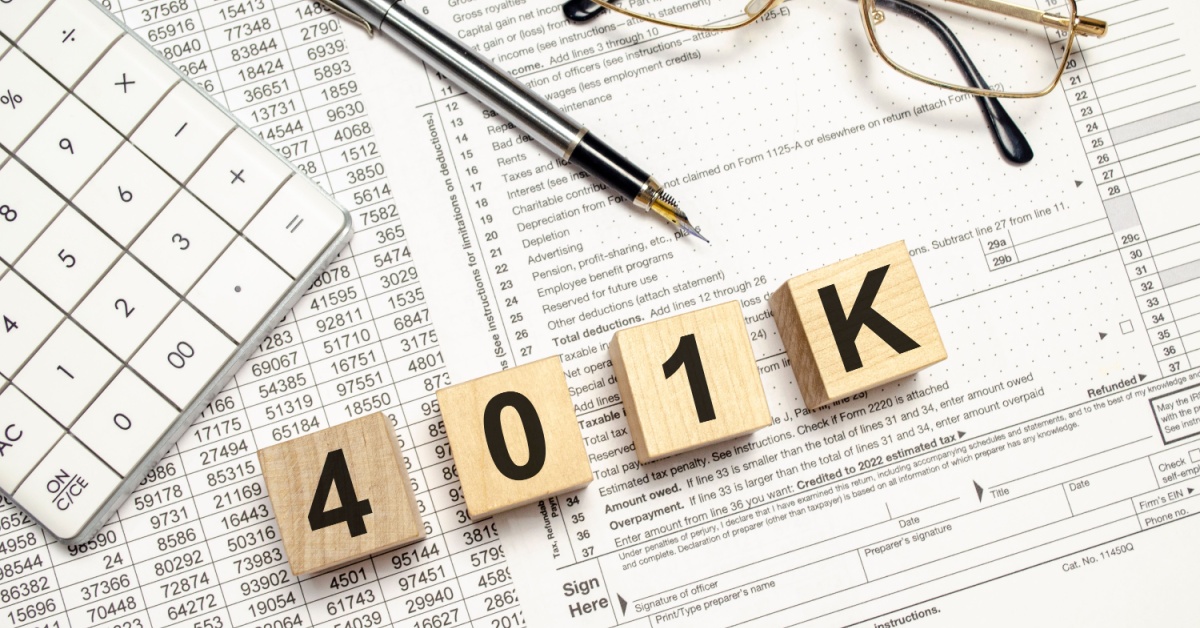Your Hard-Earned Savings Could Lead to a Massive Tax Bill — Here’s Why

One of the major advantages of contributing to a 401(k) or similar retirement plan is that it allows you to reduce your taxable income. By making contributions on a pretax basis, you can lower your tax liability for the current year. This can be a great way to maximize your savings and let your investments grow without the immediate burden of taxes.
If you’ve been contributing consistently and your employer has offered generous matching or profit-sharing, you may have accumulated a substantial retirement fund over time. With the help of compound growth, your nest egg might now be larger than you ever anticipated.
While it’s common advice that you can never save too much for retirement, there’s a potential downside when it comes to large traditional retirement accounts. If you have more saved than you’ll realistically need, you might find yourself facing an unexpected tax burden when required minimum distributions (RMDs) kick in at age 73 (increasing to 75 by 2033).
How RMDs Work
RMDs are a mandatory withdrawal from your retirement account, calculated as a percentage of your total balance at the end of the previous year. These distributions count as taxable income, and the required percentage increases each year. If your 401(k) or traditional IRA balance is particularly large, that RMD can significantly boost your taxable income. When combined with other sources of income like Social Security or pensions, this could lead to a higher tax bracket, adding unnecessary financial stress in your golden years.
Let’s explore this with a hypothetical example of Melissa, a successful executive who’s about to face this very situation.
Melissa’s Case Study: The Cost of Success
Melissa, age 72, spent decades working at a large corporation. Starting in 1990, she maxed out her contributions to her 401(k) every year. Her employer matched contributions generously, and Melissa also made catch-up contributions after turning 50. Thanks to solid returns, particularly from the company stock she invested in, her 401(k) balance now sits at a hefty $5 million.
Now, Melissa lives frugally. She has no debt, her mortgage is paid off, and she comfortably relies on Social Security, a pension, and dividends from her investments. She’s even planned to leave a significant portion of her retirement savings to her two children. However, as she nears 73, she’s shocked to discover how high her first RMD will be.
Using the IRS Uniform Lifetime Table, Melissa calculates that her first RMD will be around $188,679. Given her portfolio’s strong performance, this number will likely increase. Without even factoring in Social Security, that single RMD pushes her into the 24% federal tax bracket—exactly where she’s been throughout her career.
Add to that the $50,000 she receives annually from her pension and other investments, and Melissa could easily land in the 32% tax bracket, raising her tax burden further. To make matters worse, this increased income means her Medicare premiums could jump due to income-related monthly adjustment amounts (IRMAA), pushing her monthly Part B premium from the standard $174 to a staggering $559.
Although Melissa has more than enough to cover these taxes and premium hikes, it’s an unanticipated burden she didn’t expect in retirement.
What About Her Children?
Unfortunately, Melissa’s children could also inherit this tax bomb. When they inherit her 401(k), they’ll need to empty the account within ten years, taking annual RMDs during that time. With such a large account, this could mean an additional $100,000 or more in taxable income each year for each child.
Can a Roth IRA Help?
One potential solution for Melissa is to convert some of her 401(k) into a Roth IRA. Distributions from a Roth are tax-free if the account has been held for at least five years and the owner is over 59½. While her children would still have to empty the account within ten years, they wouldn’t owe taxes on the withdrawals.
Melissa wasn’t able to contribute to a Roth IRA during her working years due to income restrictions. However, after she retires, she could consider rolling over a portion of her 401(k) into a Roth IRA. But here’s the catch—she would have to pay taxes on the conversion amount. This could create a significant upfront tax hit, although it would save her and her children from future tax headaches.
Strategies to Minimize the Impact
Melissa does have a few options to minimize her tax burden. For one, she could use a portion of her RMD to make charitable donations. A qualified charitable deduction (QCD) would allow her to donate up to $105,000 per year directly from her IRA to charity, which would reduce her taxable RMD.
Another strategy is to consider a Roth 401(k), something that wasn’t available when Melissa first started saving. Contributions to a Roth 401(k) are made after taxes, which means you don’t get the immediate tax break, but the withdrawals are tax-free in retirement. And unlike traditional 401(k)s, Roth 401(k)s aren’t subject to RMDs during the account owner’s lifetime.
Planning for Future Retirees
Melissa’s situation highlights the importance of thinking ahead. If you’re still working and contributing to a 401(k), consider whether your future nest egg might grow larger than you’ll need. A Roth 401(k) could be a helpful tool to avoid large RMDs down the line, while providing tax-free withdrawals during retirement.
Additionally, consider other ways to save with pretax dollars, like health savings accounts (HSAs) or company-sponsored benefits for commuting and insurance premiums. Careful planning today can save you—and your heirs—a world of tax headaches in the future.
As always, it’s a good idea to consult with a financial advisor or tax professional before making changes to your retirement strategy.
